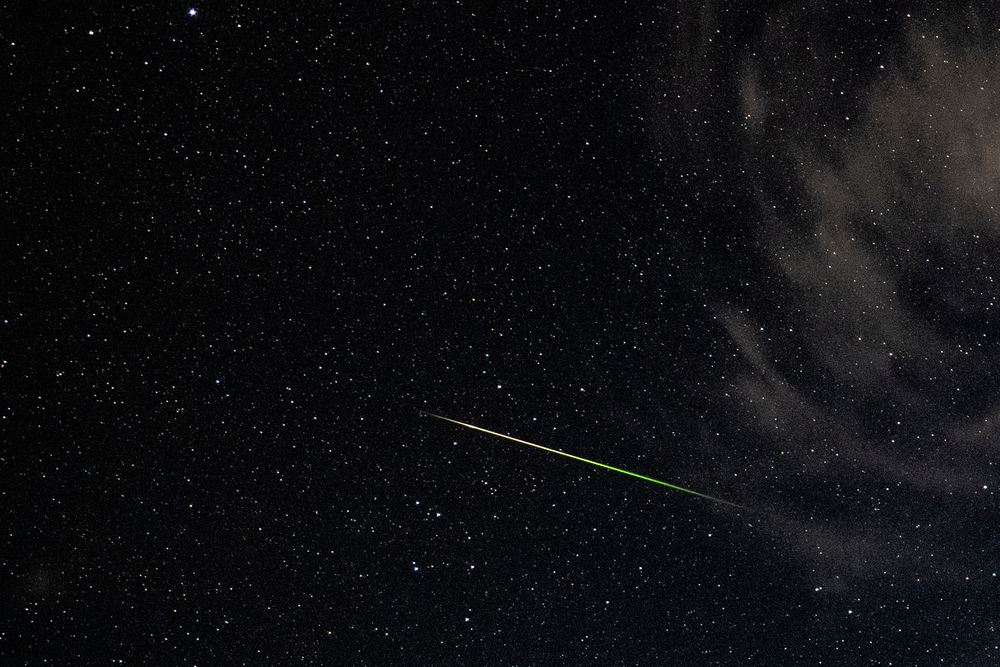Now Reading: Eta Aquarids Meteor Shower to Peak on May 6, 2025: Key Details Inside
-
01
Eta Aquarids Meteor Shower to Peak on May 6, 2025: Key Details Inside
Eta Aquarids Meteor Shower to Peak on May 6, 2025: Key Details Inside

Fast Summary
- Event: The Eta Aquarids meteor shower will peak during the night of May 5, 2025, and continue into the early hours of May 6, 2025.
- Cause: Eta Aquarids occur annually when Earth passes through debris shed by Halley’s Comet.The meteors vaporize upon entering Earth’s atmosphere, creating shooting stars.
- Visibility:
– Southern Hemisphere: More than 30 meteors per hour under dark skies.
– Northern Hemisphere: Observers in regions such as the U.S. and Canada may see about 10 to 30 meteors per hour based on conditions.
- Viewing Tips: Best visibility occurs after midnight on May 5/6 in unobstructed locations away from light pollution. Let your eyes adjust to darkness for at least 20-30 minutes and avoid using phones or artificial light sources.
- Radiant Point: meteors appear to radiate from the constellation aquarius but looking approximately 45 degrees away often improves chances of spotting long meteor trails.
Indian Opinion Analysis
The annual Eta Aquarids meteor shower offers a critically important celestial phenomenon for scientific inquiry and public engagement alike. It highlights humanity’s connectedness with historical cosmic events – like Halley’s Comet – while serving as an opportunity for amateur stargazers in India to experience nature’s spectacle firsthand with minimal equipment.From a scientific perspective, India could leverage international collaborations such as all-sky camera networks or similar projects (like LO-CAMS) that trace meteoroid paths through Earth’s atmosphere.These initiatives help scientists gain insights into cometary activity and particle dynamics that are otherwise challenging to achieve using telescopic methods alone.
For India’s growing space research sector and increasing interest in astronomy among youth, celestial events like this can fuel public curiosity about space exploration while emphasizing environmental conservation through outdoor initiatives disconnected from urban light pollution practices.

























